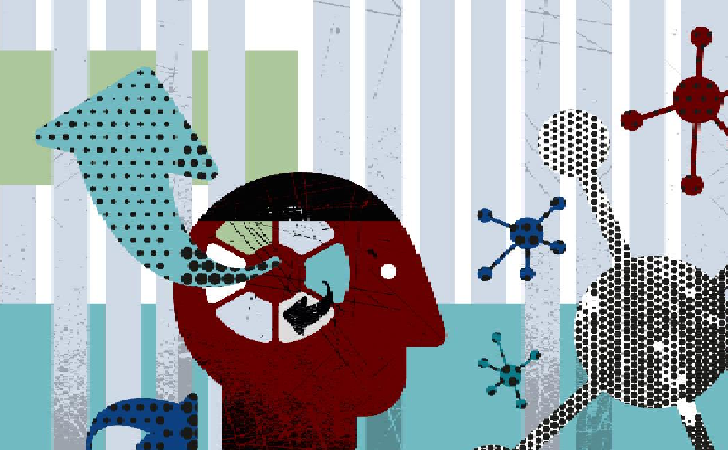Behavioral Economics: The esoteric and heretical nature of animal spirits

In this article, we explore the resurgence of Keynes’s “animal spirits” theory and explain the fundamental psychological forces that drive the workings of the economy. It describes the concept of animal spirits in the field of economics and its application to the field of economics that intersects sociology and psychology known as behavioral economics.
It also quantifies some of the qualitative elements that make up the human psyche, which Keynes called the animal spirits, to entertain the reader. By doing this comfortably, I would like to shed light on the impact of the core of human behavior on the world economy and the political flow beneath it.
As applied to modern economics, Ackerlov and Schiller describe the animal spirits as “a restless and inconsistent element in the economy. It refers to a particular relationship to ambiguity and uncertainty, thereby paralyzing. There is also, overcoming our fears and determination. “
The vague concept of driving force in the economy is not new. For example, in The Wealth of Nations (1776), Adam Smith writes that the economy is moving “as if by the invisible hand.” Therefore, we see a small step that Keynes took to develop the concept of animal spirits to explain the same ambiguity. Keynes broadly commented that rational motives dominate most economic activity, but humans continue to act and react with purely uneconomical motives on an irrational basis in the market. I am.
Some basic spiritual energy and vitality, basic “Id”, or “primitive desire” of humanity drives our actions under the so-called rational economic orderly veneer. Some may speculate that it is. We remain in the accepted realm of the social sciences and explore basic identities.
The concept of Id provides a well-developed and convenient tool that can be used in attempts to measure the power of animal spirits and the resulting events. Let’s start by summarizing the necessary principles developed by Sigmund Freud, Rudolf Steiner and others at the turn of the 20th century.
We start with the concept of “I”, which is a basic point of our personality. This emanates from what we can collectively define as everything in the universe. For each of us, our “I” has its own set of untuned instinctive tendencies. Freud et al. Called this series of trends “Id”.
From this point on, let’s follow the path shown by Steiner, who explained Id that he has the ability and freedom (free will) to generate “ideas” through our human mind. From here, Steiner explains that our minds have set ideas into “actions” by taking them through the human mind. More simply, go from I to Id, Idea, and finally Action.
We now reach a turning point where we must consider the apparent duality that forms the unified whole of human behavior. We don’t want to lose readers at this important point, so we’ll introduce a fun element to the discussion. Let’s play the game instead of explaining this problem directly.
For simplicity, organize the game like various newspapers, magazines, self-help books, or even many inventories you’ve seen in the process of looking for a job. Use a “spirit animal test” consisting of seven horizontal lines.